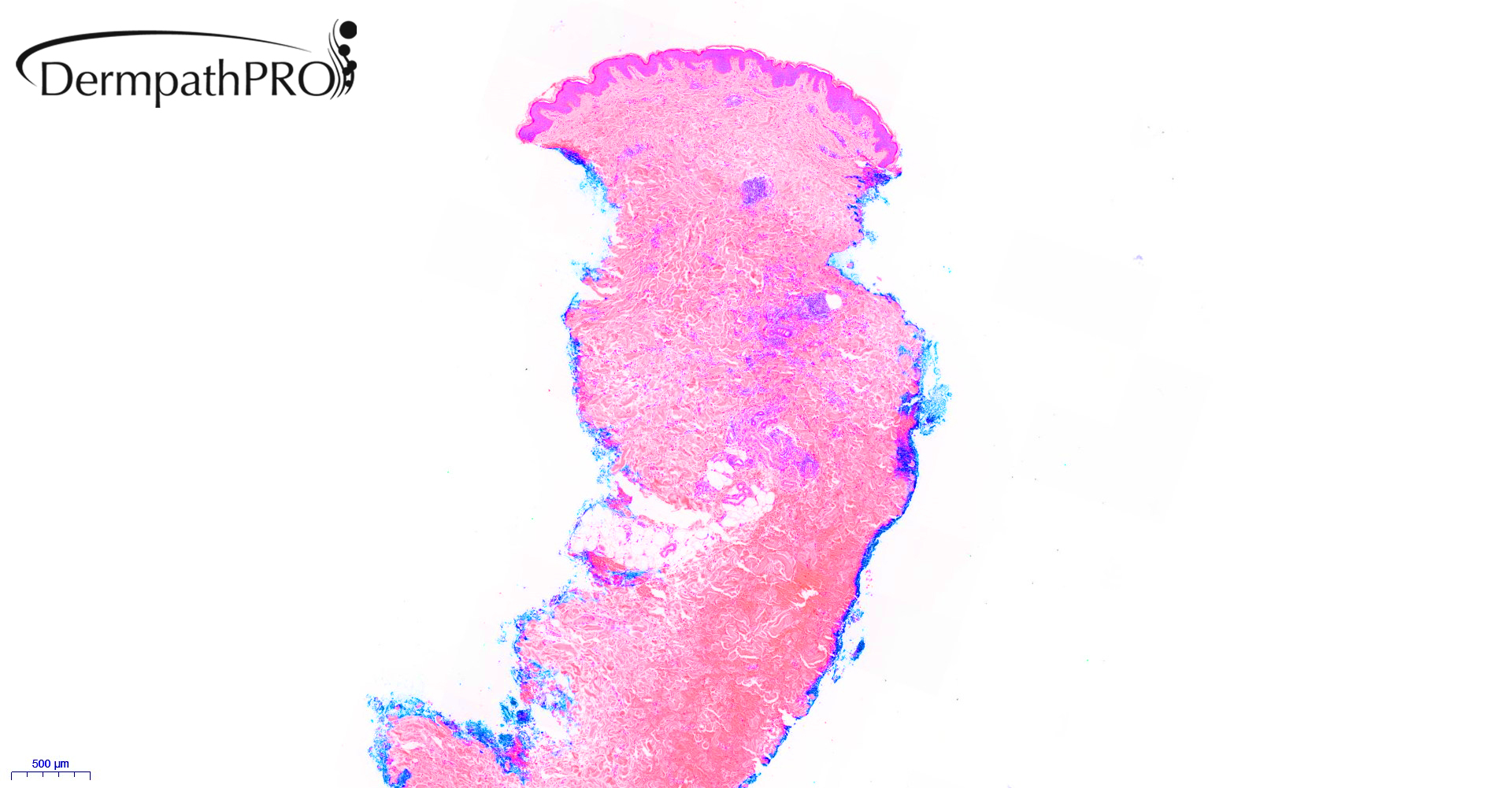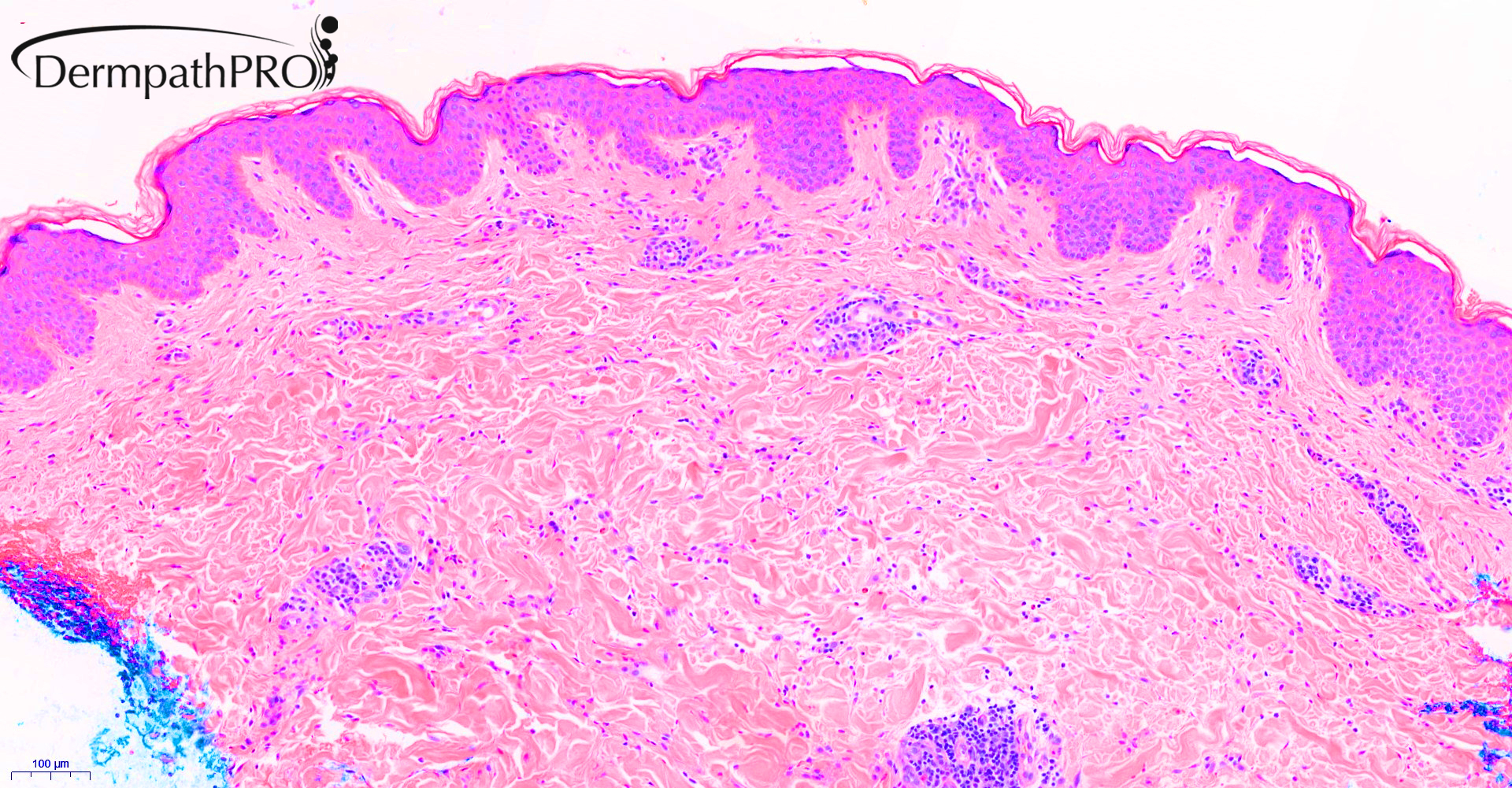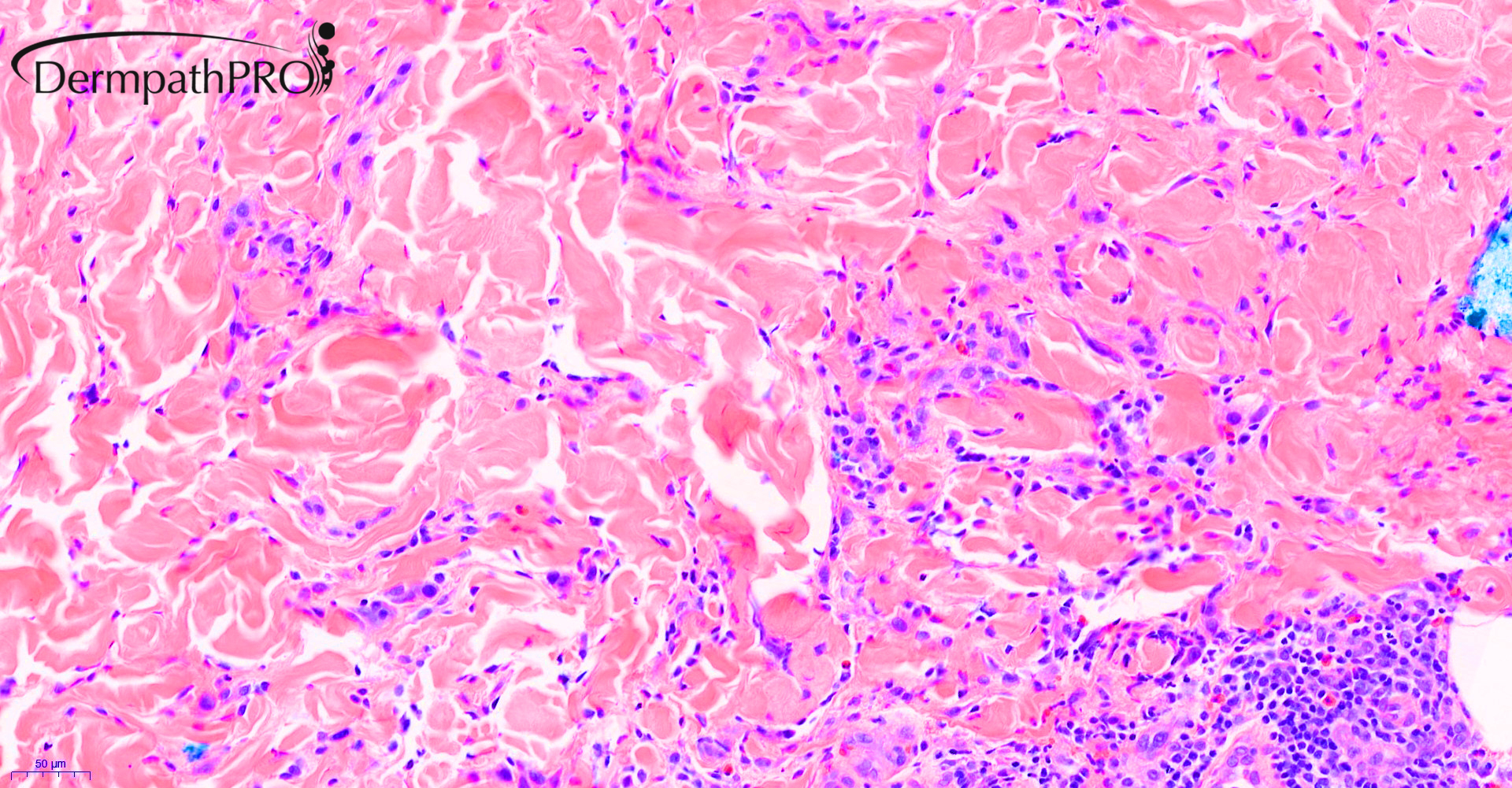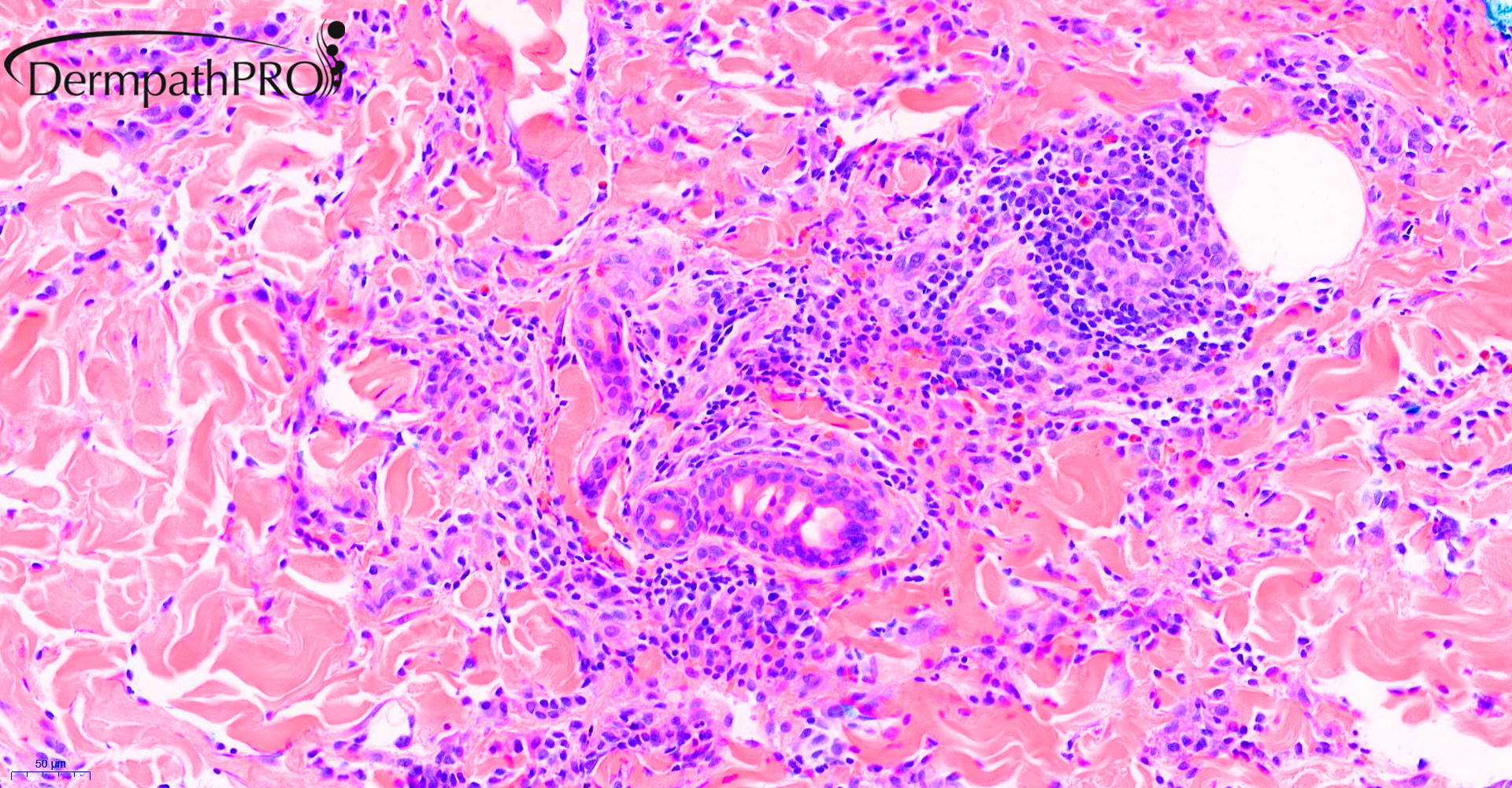Case Number : Case 2561 - 30 April 2020 Posted By: Saleem Taibjee
Please read the clinical history and view the images by clicking on them before you proffer your diagnosis.
Submitted Date :
55F. Rash in axillae, clinician queries granuloma annulare.









Join the conversation
You can post now and register later. If you have an account, sign in now to post with your account.